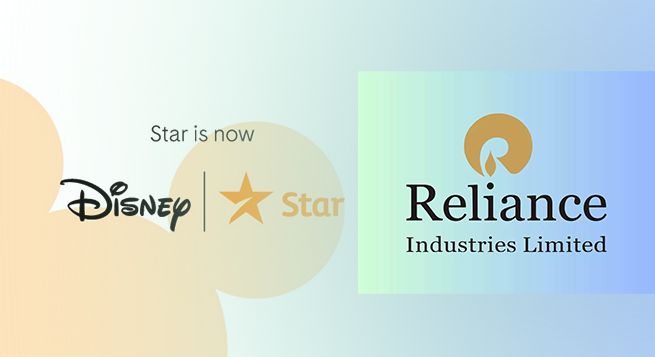Reportedly, Reliance is in talks to acquire Disney India assets (with OTT) for USD 10bn, at a steep 40 percent discount versus Disney’s acquisition of Star India at USD 15-16 billion (India assets valuation) in 2019.
If the deal goes through, a clear structural disruption for India content/telecom ecosystem and this may lead to: 1) early consolidation signs for India OTT 2) strain on global OTT giants (behind the paywall), 3) India OTT shifting to free offerings and 4) hit on other telecom players – Jio’s content may widen.
This will also be a win-win proposition for Zee Entertainment Enterprises/Sony merger on valuations as Zee/Sony merged play will have much higher EBITDA margin than Disney India, which is valued at USD 10 billion despite much lower EBITDA margin for TV and hefty losses in digital (Disney+ Hotstar saw a PAT loss of INR 3,432mn in FY22). This deal may also arrest the growth in content costs for TV/digital, thus improving profitability
The only risk may be the Competition Commission Of India (CCI) disallowing the Reliance-Disney deal to deter any duopoly on TV/OTT in India (assuming Zee-Sony merger goes through).
Media/Telecom ecosystem – Six-point Impact
#1: Consolidation in video OTT: As per our assessment, Jio Cinema/Hotstar have an AVOD (advertising video on demand) market share of 28 percent/9 percent (after adjusting for IPL). Post the Zee-Sony merger, with merged OTT businesses, combined AVOD market share may touch 12 percent.
This may mean that the two behemoths may have an AVOD market share of 45 percent. AVOD forms approx 60 percent of the Indian OTT market (USD 2.5billion) and may grow faster to a higher share, with JioCinema offering premium content free. This may strain other OTT platforms, which may resort to takeovers/partnerships as OTT is a play on scale.
Thus, the Reliance-Disney deal could start a spree of consolidation for India OTTs (posting hefty losses in the past seven years since the launch of affordable 4G by Jio). Consolidation in OTT may pare content costs, thus driving OTT platforms towards break-even/profitability.
#2: Dominance in TV; Big overlap in urban: Disney/TV18 had a TV ad market share of 34 percent/11 percent in FY22. If the Zee-Sony merger goes through, the combined ad market share will be 23 percent on TV (FY22). This means that the TV industry may also see heavy consolidation, with these two behemoths forming 68 percent of the market together.
Thus, a duopoly may manifest in the TV industry, improving ad pricing for an industry with sharply converging growth rate. It may not help create higher revenue share from the TV distributor ecosystem, as this segment is regulated post NTO (New Tariff Order). Disney (Star Plus)/TV18 (Colors) are market leaders, with 25 percent/18 percent viewership share – in mega metros, per BARC data (as of Q2FY24). A large overlap may lead to shut-down of some channels for the merged company. Overall, this acquisition may ensue consolidation for the TV segment too, as many channels would move to just OTT or shut down completely.
#3: Win-win for Zee-Sony merger on valuations: We have valued Zee-Sony merged entity at USD 7.2bn (with cash infusion of USD 1.5bn by Sony), including both OTT/linear TV businesses. If Disney were to fetch a valuation of USD 10 billion for both its TV and OTT assets together, there is a high likelihood that Zee-Sony too would command a target valuation of USD 7.2bn.
Zee/Sony have a TV/OTT market share of 25 percent/15 percent, much lower than that of Disney at 33 percent/12 percent (post IPL). But Zee-Sony may command a premium on valuation versus Disney – the former enjoys a premium EBITDA margin of 21 percent (average of both companies in the past four years), versus tepid margin for Disney India (4 percent EBITDA margin, ex Hotstar losses). This will further align with our view that Zee-Sony merged entity may reach a TP of INR 340 (on CMP, Zee’s 47 percent in merged company; with cash balance infusion by Sony in the merged company).
4: Jio to increase telecom ecosystem dominane: Telecom plays and OTT platforms have shown strong dependence on each other since 2016 (since the launch of affordable 4G). Telecom companies have used OTT as a value-add to retain/gain subscribers. And OTT companies piggyback on telecom plays to scale up their subscriber base – TSPs (telecom service providers) have larger access to a wide variety of customers. The Reliance-Disney deal may further strengthen Jio’s content offerings, propping bargaining power. Disney’s OTT offerings may offer a wide range of: 1) international movies, 2) web series, 3) sports content and 4) catch-up TV content. This means that Jio may be a one-stop content hub.
This will hit Bharti Airtel as it has tried to tie up with OTT players in the content ecosystem to offer value-add. Thus, Bharti Airtel may have to invest heavily in its own content or shape partnerships with global OTT giants such as Netflix and Amazon to generate clout in the content ecosystem.
#5: TV/digital – Content cost to be arrested: Content cost on TV has seen steady-state acceleration of 7-15 percent annually, based on the nature of content (fiction/non-fiction). This is despite the TV industry CAGR decelerating at 1 percent in FY19-23. Thus, any consolidation in TV may arrest content costs, improving profitability. On the sports side too, content costs may pare sharply for TV, given that fewer platforms may participate in bidding.
In digital, content cost inflation (content cost for web series 3-5x higher than for TV non-fiction shows, per episode) has been sharper due to heavy fragmentation in the OTT market and entry of global giants with deep pockets. With Disney-Jio joining hands, content cost in digital may see much lower growth, which may improve the unit economics for the OTT business.
#6: Convergence in OTT industry growth rate: With JioCinema expected to offer premium content free near term, India OTT may see lower growth as SVOD revenue growth may be arrested due to lower bargaining power of global OTT platforms to offer content behind a paywall. JioCinema-Disney have larger content variety. This may strain global OTT giants (APRU/price hikes). Further, their over-dependence on Jio in the ecosystem may hit related bargaining power.
(Views expressed are those of the author and personal.)
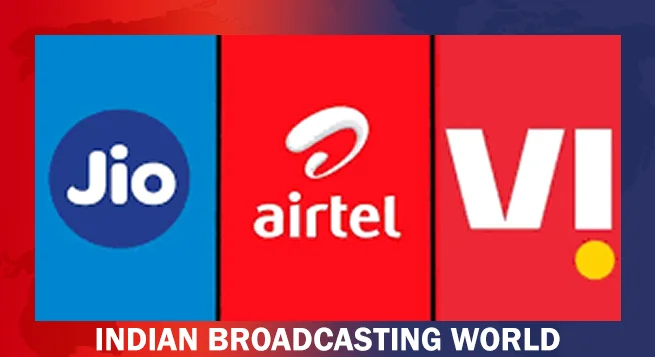 Jio, Airtel, Vi witness subs losses in Sept: TRAI data
Jio, Airtel, Vi witness subs losses in Sept: TRAI data 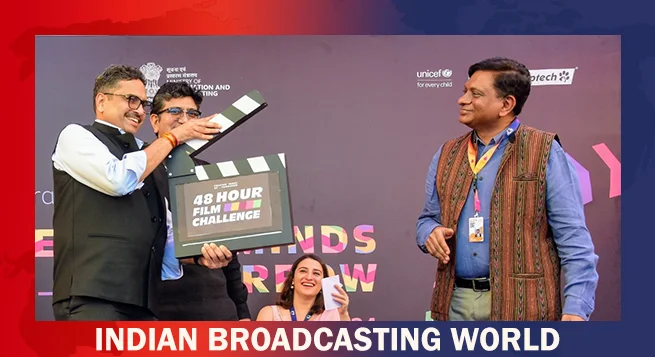 Expanded Creative Minds of Tomorrow edition inaugurated at IFFI
Expanded Creative Minds of Tomorrow edition inaugurated at IFFI  ZEEL’s Punit Goenka steps down as MD, retains role as CEO
ZEEL’s Punit Goenka steps down as MD, retains role as CEO 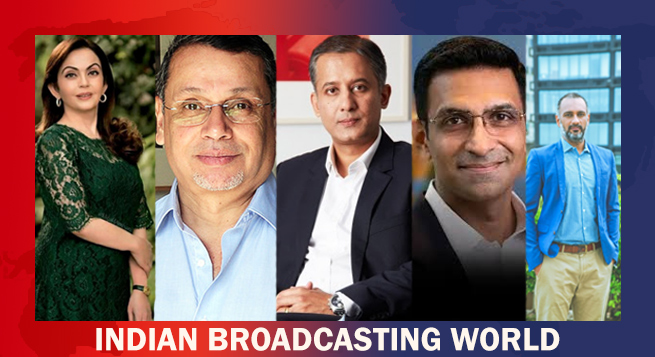 Kevin Vaz, Kiran Mani, Sanjog Gupta to head 3 verticals of JioStar
Kevin Vaz, Kiran Mani, Sanjog Gupta to head 3 verticals of JioStar 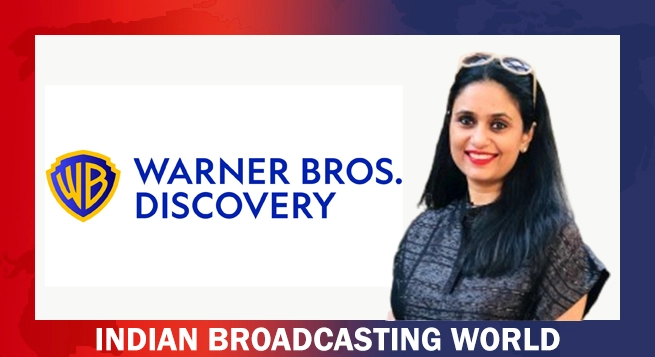 WBD elevates Deepa Sridhar to Senior Director – Corporate Communications, South Asia
WBD elevates Deepa Sridhar to Senior Director – Corporate Communications, South Asia 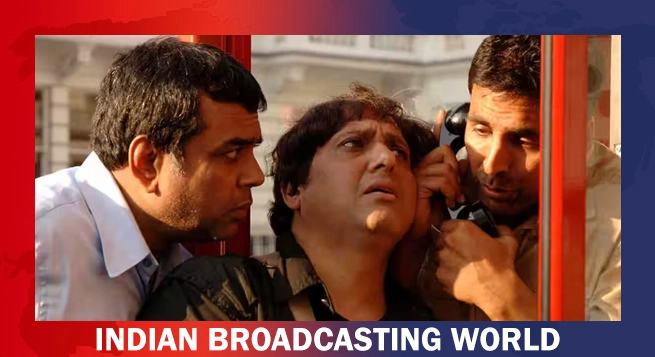 ‘Bhagam Bhag 2’ returns after 18 years
‘Bhagam Bhag 2’ returns after 18 years 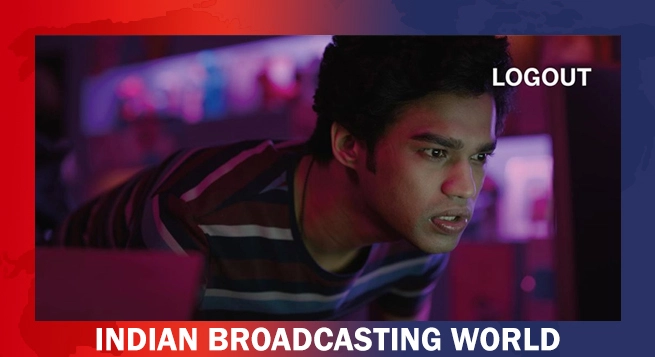 Babil Khan’s ‘Log Out’ to premiere at Argentina’s Mar del Plata International Film Festival
Babil Khan’s ‘Log Out’ to premiere at Argentina’s Mar del Plata International Film Festival 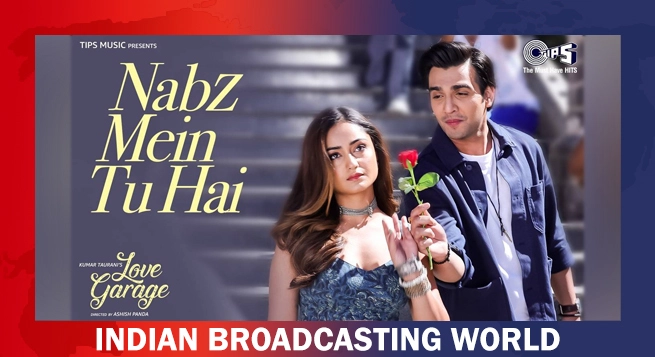 Tips Music presents ‘Love Garage’
Tips Music presents ‘Love Garage’  Fox, Hulu ink $1.5bn streaming content partnership
Fox, Hulu ink $1.5bn streaming content partnership 


